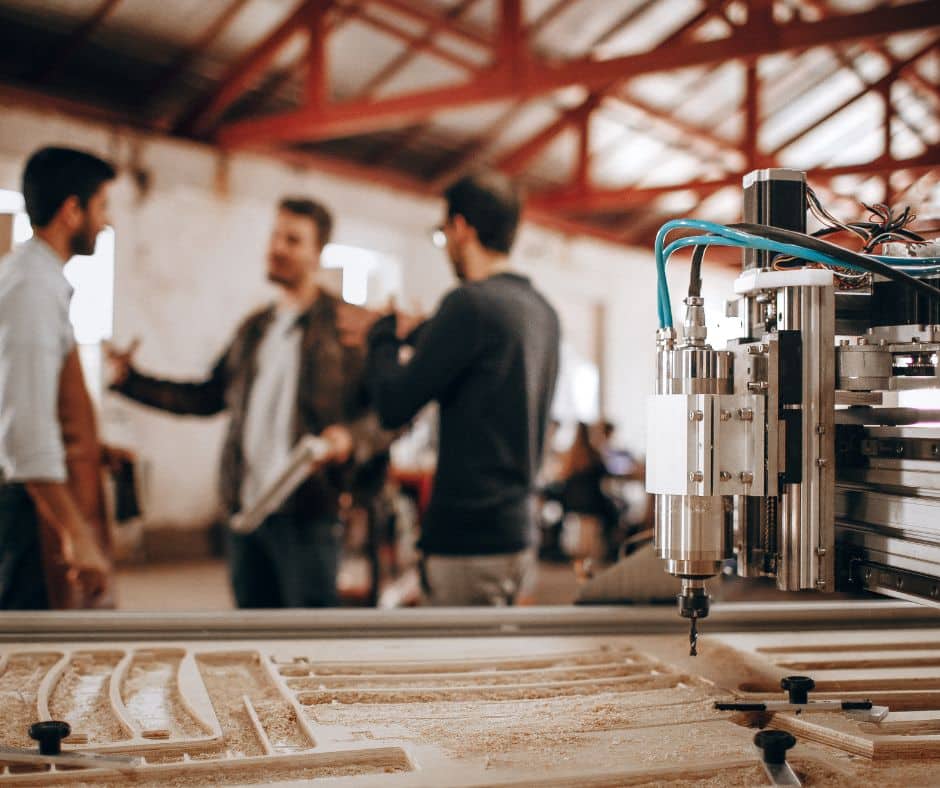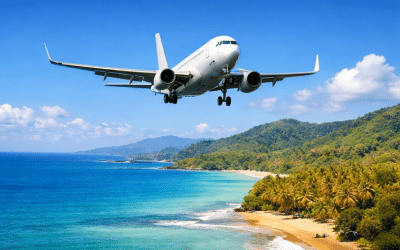Costa Rica isn’t just about rainforests and beaches anymore. In recent years, it’s become a serious contender on the global manufacturing map, especially for companies looking to nearshore their operations. With a stable political climate, educated workforce, and strong infrastructure, Costa Rica is now producing everything from surgical equipment to aerospace components. This transformation is quietly redefining the country’s economy, and the world is taking notice.

Why are manufacturers choosing Costa Rica?
Costa Rica offers political stability, a skilled workforce, and tax incentives that attract advanced manufacturing.
It’s one of the few Latin American countries with no standing army, a strong democratic tradition, and consistent economic growth. Add in free trade zones, favourable tax conditions, and a bilingual workforce, and it becomes clear why brands like Intel, Boston Scientific, and Medtronic are expanding operations here.
- Free Trade Zones
These are areas where companies benefit from tax exemptions, streamlined customs procedures, and reduced red tape—ideal for export-oriented manufacturing. - High Literacy and Education
Costa Rica invests heavily in education. With public universities producing engineers, chemists, and tech talent, companies find local hires are highly capable. - Strategic Location
Sitting between North and South America, and with easy access to both the Atlantic and Pacific, it’s a logistics dream for international shipping. - Green Reputation
Costa Rica is powered largely by renewable energy, which is increasingly important for companies committed to sustainable practices.
What industries are thriving in Costa Rica’s manufacturing sector?
Medical devices, electronics, and aerospace components are leading Costa Rica’s manufacturing boom.
The country has become a hub for high-tech precision manufacturing, especially in life sciences and electronics, thanks to rigorous standards, a solid IP framework, and access to global markets.
- Medical Devices
Costa Rica is the second-largest exporter of medical devices in Latin America. Products like catheters, endoscopes, and diagnostic equipment are made here and shipped worldwide. - Electronics and Semiconductors
With Intel back in the country, microchip production and electronics assembly are surging once again, reviving a key sector. - Aerospace and Engineering
Several aerospace firms, including Ad Astra Rocket Company, have R&D operations here. The country is developing an ecosystem of component manufacturing and engineering support services.
How is Costa Rica supporting innovation in manufacturing?
The government collaborates with academia and industry to drive innovation through public-private partnerships.
Agencies like CINDE (Costa Rican Investment Promotion Agency) and PROCOMER support foreign investors, while public universities and technical institutes develop specialised programmes to align with industry needs.
- R&D Incentives
Costa Rica offers incentives for companies investing in research and development, especially in biotech, nanotech, and green tech. - Innovation Hubs and Clusters
Specialised business parks host tech clusters that encourage collaboration between companies, universities, and start-ups. - Custom Workforce Training
Many companies partner with institutions like INA (National Learning Institute) to design training programs that equip workers with skills tailored to specific manufacturing processes.
What makes Costa Rica a strong nearshoring destination?
Costa Rica’s time zone, cultural alignment, and proximity to the U.S. make it ideal for nearshoring.
As global supply chains shift post-pandemic, companies are rethinking offshoring in favour of locations closer to home. Costa Rica offers many of the benefits of Asia-based production—without the distance, delays, or communication hurdles.
- Same Workday as the U.S.
Costa Rica operates on Central Standard Time, syncing well with U.S. business hours. - Cultural Affinity and English Proficiency
Decades of tourism and U.S. investment have cultivated a workforce familiar with North American business culture and language. - Less Supply Chain Risk
Nearshoring to Costa Rica reduces dependency on long shipping routes and unpredictable customs bottlenecks.
Is Costa Rica’s manufacturing growth sustainable?
Yes, the country is investing in green infrastructure, digital transformation, and long-term education to sustain growth.
Rather than chasing low-cost labour, Costa Rica focuses on value-added manufacturing and sustainable development. Its carbon-neutral ambitions align with the priorities of eco-conscious global companies.
FAQ
Q: Do foreign companies own land and factories in Costa Rica?
A: Yes, foreign ownership is permitted and protected under law. Companies can own property, lease land, and repatriate profits.
Q: Are Costa Rican workers trained in high-tech manufacturing?
A: Yes, the country has invested in education, technical training, and university partnerships tailored to medical and electronics industries.
Q: What are the biggest risks for manufacturers in Costa Rica?
A: Bureaucracy and occasional labour shortages in specific fields are challenges, but most companies mitigate these with strong local partnerships.
Q: How long does it take to establish operations?
A: With support from CINDE and free trade zone frameworks, setup can be completed in 6–12 months depending on project scale.






